Deadlifting seems simple, right? How could you mess it up? You just bend over, grab some weight, and stand up with it. In essence, that’s true. But deadlift performance is more nuanced than it seems. While lots of shitty coaches lead you to believe deadlifting is nothing more than picking something up and putting it back down, body positioning and skill matter a whole lot. And there are a handful of things that contribute to body positioning and skill. Let’s cover them so you know how to choose the right deadlift variation for you.
Deadlifting Strength Standards and Progressions: Where to Start and Where to Go
We have a deadlift strength standard at Beyond Strength. Before any member can deadlift with a barbell, they must perform two good sets of 8 reps with the 60kg (132 lbs) kettlebell. The two sets are performed with no more than two minutes rest between sets. If they can do it, badass. They move on to barbell RDLs. If not, they train with kettlebell deadlifts until they have the requisite movement fidelity–the ability to demonstrate strength and skill repeatedly while stressed and under load.
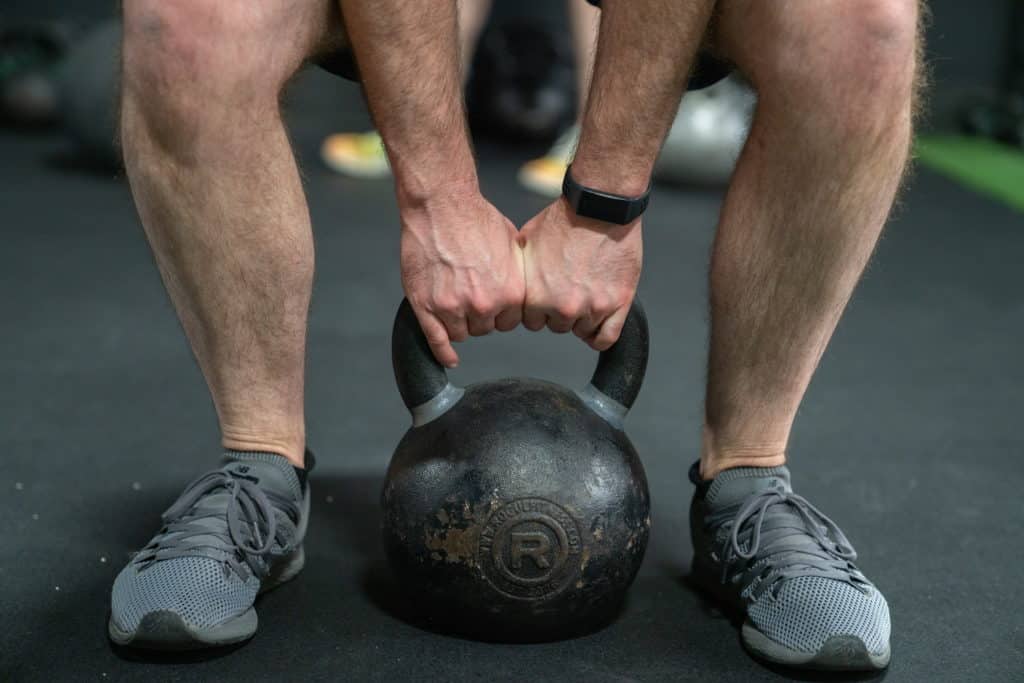
Why is this important and how does it affect you in your search to perform the right deadlift?
Deadlifting is a set of skills that amalgamate into one big skill. Those skills include body positioning, creating tension, creating force, and maintaining form with movement. The kettlebell deadlift is a great place to start developing all of those skills. And when you can do kettlebell deadlifts with appreciable weight and good form, you’ve demonstrated that you have the skills to progress on to more complicated variations. If you don’t have the skills and try to progress too quickly, you set yourself up for failure. That failure could be stalled progress, or it could be an injury.
Once folks pass our kettlebell deadlift standard, they move on to barbell RDLs. After a month or so of barbell RDLs, they can progress on to rack pull deadlifts. Once they’ve put in the time with rack pulls, they can progress on to hex bar deadlifts.
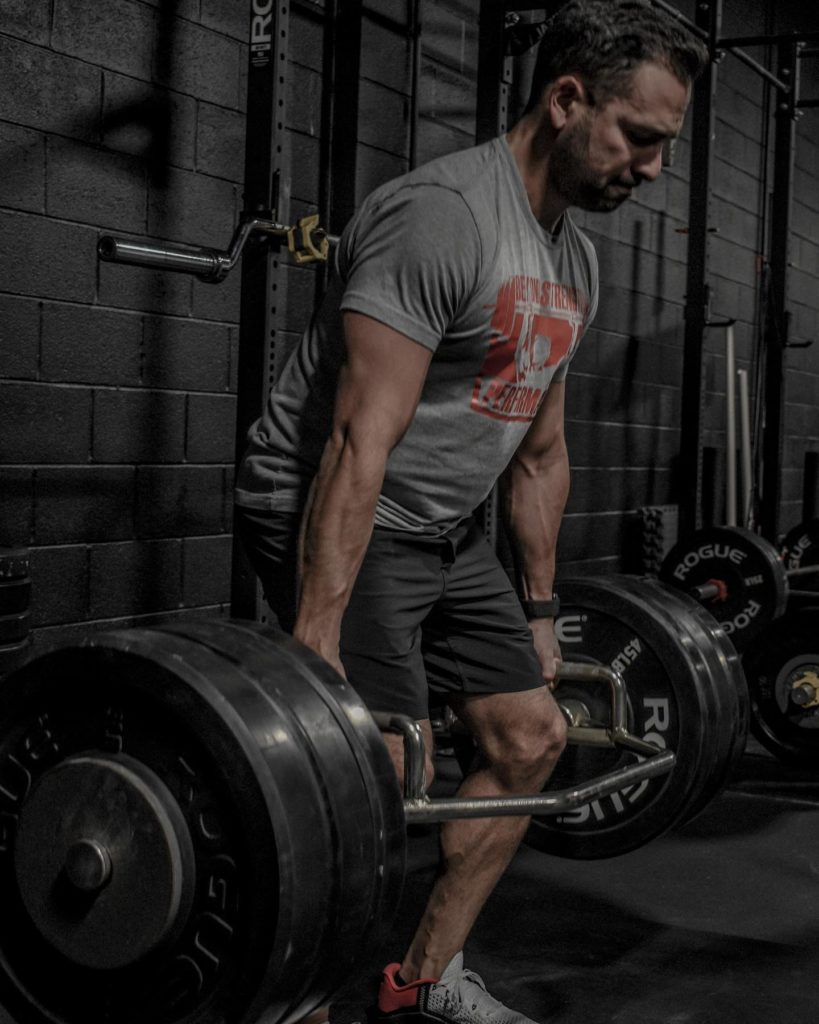
This progression walks our members through skill development and leads them up to the heaviest deadlift variation. You’d be wise to follow a similar path.
If you’re new to deadlifting, start with the kettlebell deadlift. If you don’t have heavy enough kettlebells, start with the dumbbell or barbell RDL. This will help you to lock in your hip and spine positioning before loading your deadlifts more heavily with rack pulls and hex bar deadlifts.
If you’re a seasoned deadlifter, the following section is for you.
Deadlifting for Different Outcomes and Based on Your Leverages
A heavy deadlift rep recruits about 70% of all your body’s motor units. (A motor unit is a motor neuron and all of its associated muscle fibers.) That’s more than a squat recruits. This truth makes the deadlift the king strength builder. But recruiting that much muscle also makes the deadlift a great tool for hypertrophy or building bigger muscles. The question is, which variations should you use to build strength, and which should you use to build size? Follow up question: does how you’re built matter?
Deadlifts for Strength
Building strength requires intensity. That means heavy weights. While you may be able to go relatively heavy with a variation like an RDL, you still won’t be able to use as much weight as you would with a rack pull or a hex bar deadlift. This is because you’re lifting from the bottom up, which allows you to lock in your position and create a shit ton of tension before you lift. If you’re using deadlifts to build maximal strength, and you’re an experienced deadlifter, choose rack pulls or hex bar deadlifts.
Deadlifts for Size
Rack pulls and hex bar deadlifts are great choices for building size as well. But it’s important to be careful with loading in that context. It’s easy to overload your nervous system with these variations if you use too much weight for too much training volume. So, if you plan to use rack pulls or hex bar deadlifts as part of your muscle-building plan, keep the weight at a moderate level. Or do a few heavy sets and then move on to an assistance exercise. That’s where the RDL comes in.
Because you can’t load them as heavily, you can use RDLs for a lot of training volume, which is pivotal for building muscle. Training volume is typically more important for building muscle than is training intensity (the amount of weight used). Do sets of 6 to 20 reps after your heavy deadlift sets or on a training day a few days removed from your heavy deadlifts. Yes, there’s a large rep range, but that’s the beauty of RDLs. They’re versatile.
Deadlifts by Body Type
I’ve seen many folks throughout my career get frustrated because they can’t nail the deadlift. They think they just can’t get it. But the truth is that they were doing the wrong deadlift variation for their body type.
People with short arms and long torsos do better with sumo deadlift variations with the arms set inside the legs. This position is better for them because it removes their disadvantage. Short arms provide less leverage. The arms are relatively lengthened in relation to the femurs and torso when they are set inside the legs, providing the person with better deadlifting leverage. It’s also wise for these folks to elevate the bar while doing conventional stance deadlifts. Pulling from the ground means they’ll have a harder time getting the bar past their knees while also moving much of the strain from their hips to their back. No bueno.
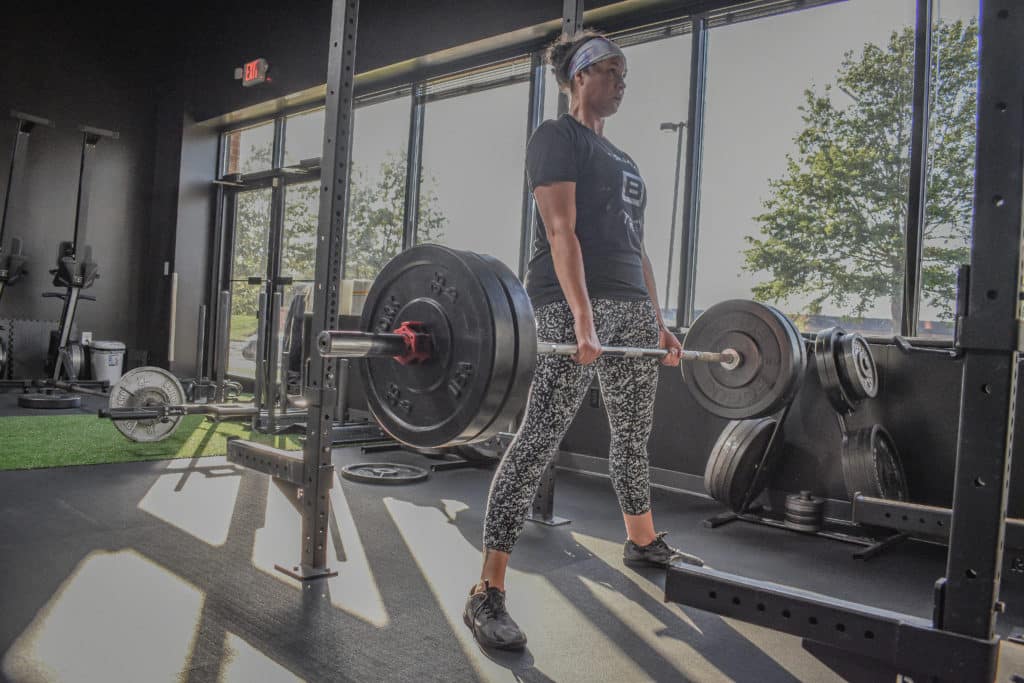
People with long arms and short torsos often do better with conventional deadlift variations that set the arms outside of the legs and keep the feet in a narrow stance. This allows them to take full advantage of their leverage advantage.
Some folks, depending on their femur length, fall in between. It takes a little experimentation to figure out which variation is best for them. That’s were a good coach comes in. They’ll help you dial in your stance so you’re making the most of your leverages.
Partial Range of Motion Deadlifting
We’re often asked why we have our members exclusively use partial range of motion deadlifts, like rack pulls and hex bar deadlifts, instead of deadlifting from the floor.
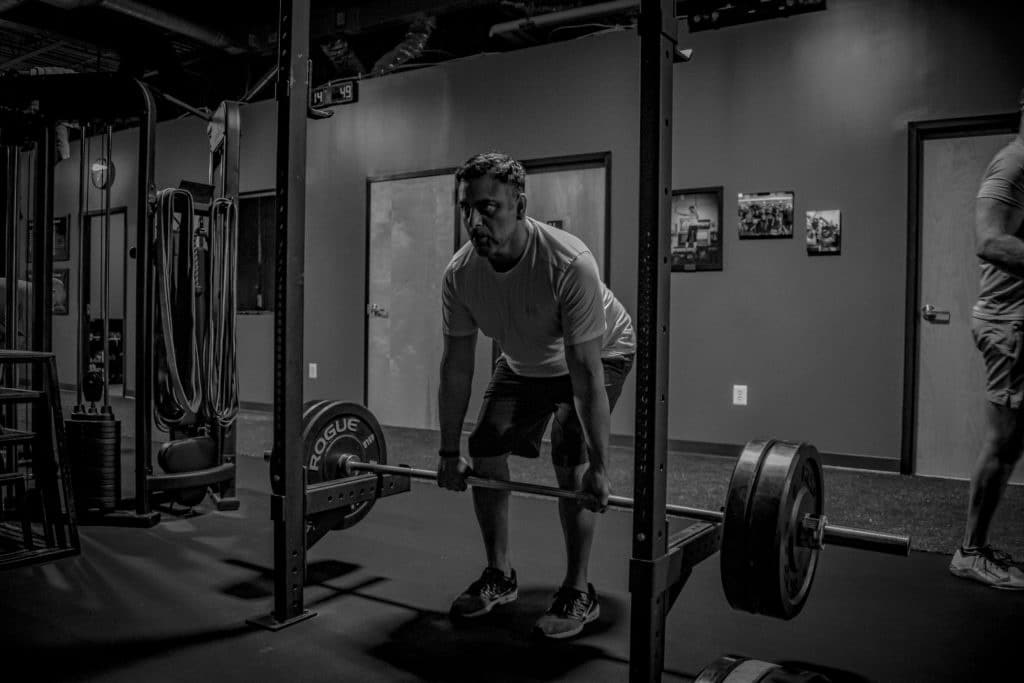
The answer is risk vs reward.
Unless you’re a competitive powerlifter or Olympic lifter, you can accomplish everything you need to while deadlfting from the rack or with the hex bar. Injury risk compounds as you move the bar closer to the floor. And it’s just not worth it.
You can build all of the strength and muscle you’d ever want or need while doing partial range of motion deadlifts.
How to Choose the Right Deadlift Variation for You
Let’s do a quick flow chart style rundown to help you pick the right deadlift variation for you right now.
If you’re new to deadlifting, start with the kettlebell deadlift regardless of your training goals. They will help you build the requisite strength and skill to progress on to heavier and more complex deadlift variations. Don’t have heavy enough kettlebells at your gym? Well, it sounds like you should join our gym. 🙂 Too far away to join our gym? Start with dumbbell or barbell RDLs.
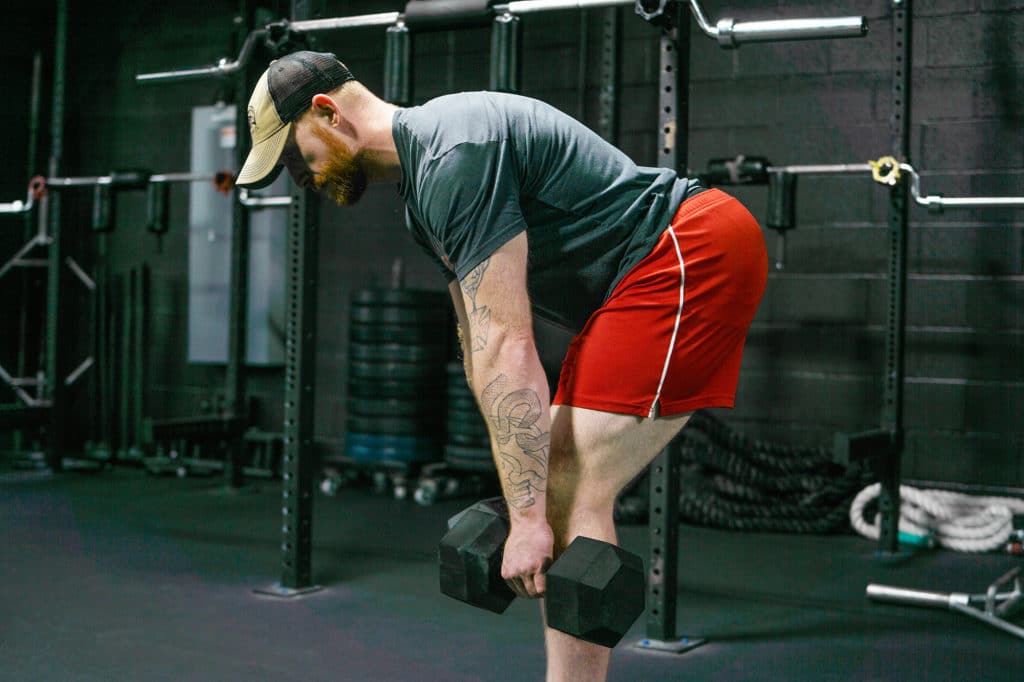
Once you’ve nailed the RDL, move on to the rack pull deadlift. Once you’re dialed in on rack pulls, move on to hex bar deadlifts if you have hex bars available. If not, you could do rack pulls for the rest of your life and still make progress.
If you have deadlift experience and want to get more dialed in while deadlifting, start by considering your bodily proportions. How long are your limbs relative to your torso? Short arms relative to your torso? Bump your feet out and set your arms inside our legs to perform a sumo deadlift variation. (Quick aside: sumo rack pulls are a great deadlift variation for you folks.) Long arms and a short torso? Use a conventional deadlift stance.
Once you have your positioning, consider why you’re deadlifting. If it’s to build strength, keep it relatively heavy and use bottom-up deadlift variations. If it’s to build size, add RDLs along with your heavy bottom-up variations to increase your overall deadlifting volume.
I hope this article helped you sort out which deadlift you should be doing right now. If you have more deadlift questions, book your free intro to Beyond Strength below. Chris will walk you through our training process and help you pick the right deadlift variation for you if you decide to come on board.
You might also like:
- HOW TO BE INTELLIGENT WITH YOUR WEIGHT SELECTION
- HOW TO PROGRESS YOUR WEIGHTS DURING A STRENGTH PROGRAM
- WHY YOU’RE DOING WHAT YOU’RE DOING: FEBRUARY 2023 PROGRAM BLOG
- HOW (AND WHY) OUR YEAR-LONG TRAINING PLAN WORKS
- WHY WE TEST AR BEYOND STRENGTH
- TIPS FOR COMPETING WITH YOURSELF IN THE GYM
- HOW TO SET GOALS FOR 2023
- HOW MANY REPS SHOULD YOU DO? (Spoiler alert, it matters in more ways than you think)
- HOW TO KEEP EXERCISING WHILE TRAVELING
- LET’S SEE HOW GREAT I CAN DO THIS
- HOW TO RECOVER FROM YOUR WORKOUTS
- WHICH TYPE OF CONDITIONING IS BEST FOR FAT LOSS
- FITNESS: THE INFINITE GAME
